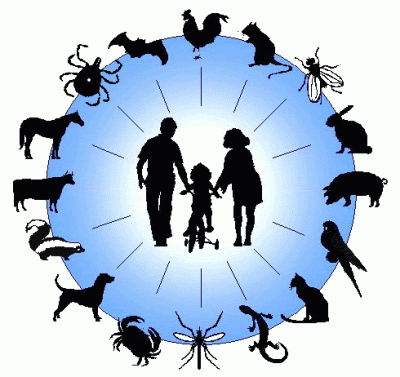
So you know what’s common among 2019-nCoV (new or novel coronavirus), HIV AIDS, Ebola, SARS, MERS, Nipah, H1N1 flu (swine flu) and HSN1 flu (bird flu)? Yes, all of these are zoonosis – that is, they are animal-borne diseases.
Zoonoses have different modes of transmission. In direct zoonosis, the disease is transmitted from animals to human through air, bites or saliva. In indirect zoonoses, the transmission occurs via an intermediate species (referred to as a vector), which carries the disease pathogen. These pathogens can be viruses, bacteria, fungi or parasites.
Though the world has seen the emergence of diseases throughout history, in the last 50 years, a host of new infections diseases has spread rapidly after making the evolutionary jump from animals to humans.
According to the World Health Organisation (WHO), 70% of emerging human pathogens come from animals. In the last century, at least 10 infectious diseases jumped from animals to humans, it says.
What had led to this?
Globalisation, urbanisation, deforestation, encroachment of wild environments, human-animal conflicts and wildlife trade have led to the spike in zoonosis outbreak, says a report by the Global Preparedness Monitoring Board, an independent panel of experts convened by the World Bank and the WHO, released in September 2019. It has also warned that the risk of a global pandemic is growing and that zoonotic diseases will continue to emerge and re-emerge.
Picture Credit : Google



